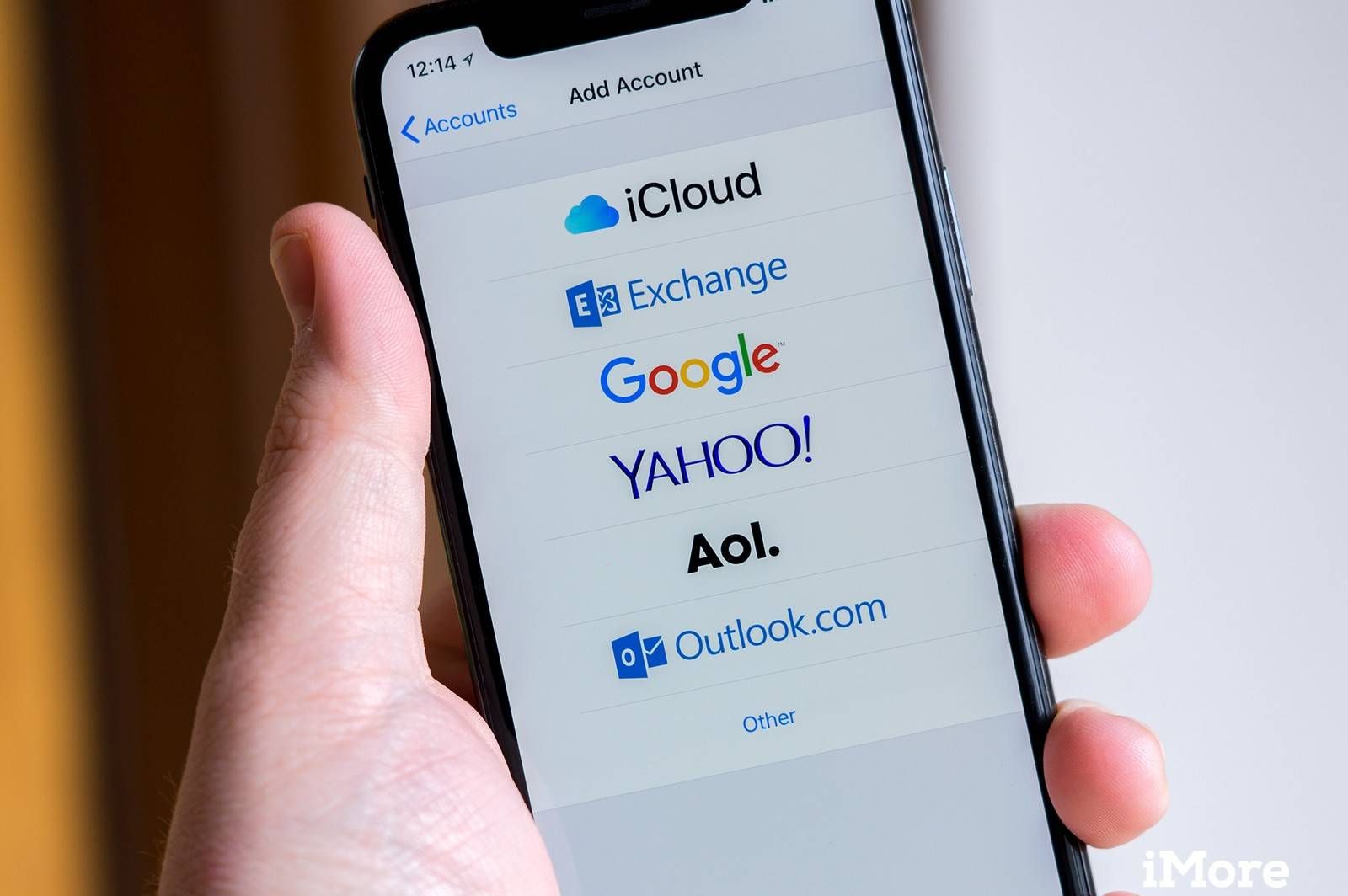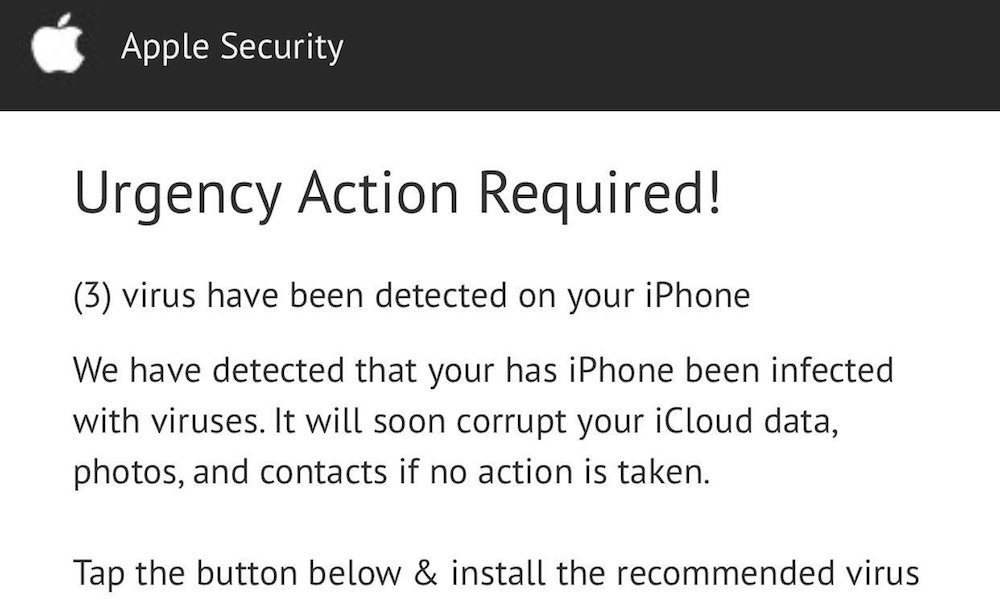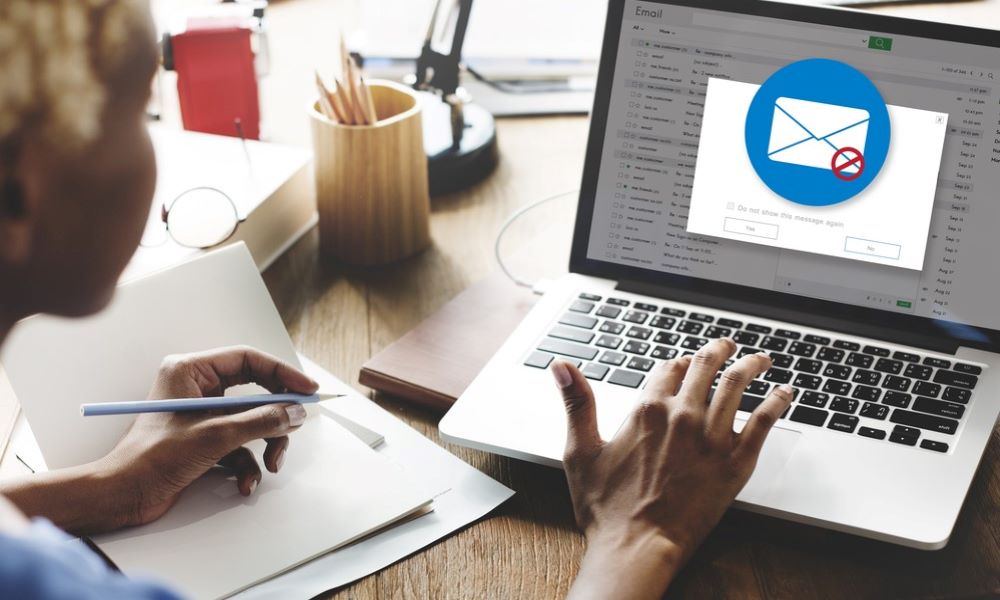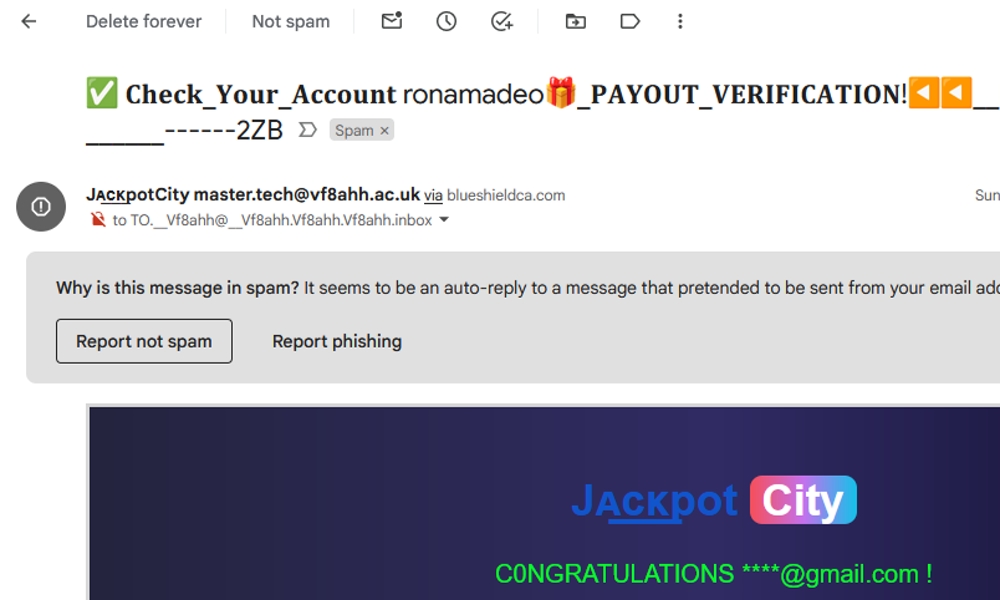Spam Mails: Tips to Detect Them and Avoid Getting Scammed
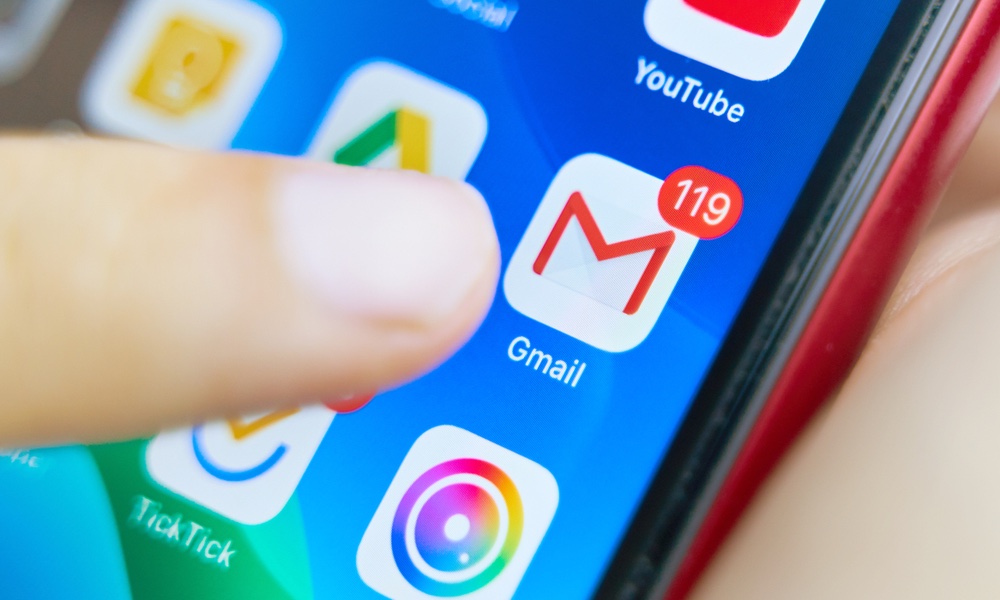 Credit: Konstantin Savusia / Shutterstock
Credit: Konstantin Savusia / Shutterstock
Toggle Dark Mode
Nowadays, spam messages are a dime a dozen. Whether online or offline, it seems there’s always someone trying to get a hold of your personal information or, worse, your hard-earned money.
Even though it’s probably the oldest way to scam people, scammers still love sending emails, hoping to find their next victim. And the worst part is that it usually works. After all, there’s a reason why spam mail is so prevalent. Not only that, but it got worse after the COVID pandemic forced us to talk to our friends and coworkers online.
Needless to say, you need to be careful when dealing with spam mail. At best, they’ll just annoy you. But they can also potentially install malware on your computer or trick you into disclosing personal data.
But how do you know if the email you received is spam? And what can you do about it? Keep reading to find out.
What Exactly Is Spam Mail?
In a few words, spam mail refers to any type of message sent to thousands, if not millions, of people automatically. What makes it spam mail is that you didn’t ask for it or subscribe to receive those types of messages.
There are different types of spam mail. Some of them might be from a company offering a product or service you don’t care about, while others are more harmful messages that are trying to scam you or get a hold of your personal information so they can keep spreading their attacks.
Fun fact: the name spam mail comes from a sketch from the 1970s made by British comedy troupe Monty Python. This sketch was originally called Spam and led to a single called Spam Song. It made fun of the canned product by the same name as an ingredient in almost every dish in a restaurant.
Just like we don’t want to eat spam in every dish, none of us want to receive spam in every other email we get. Fortunately, there are ways to detect and handle spam mail.
Tips to Detect Spam Mail
Even though spam mail has evolved over the years, there are usually a few mistakes here and there that you can use to detect if the message you received is spam or legitimate. Here are some tips to help you out.
Check the Email Address
Even if the person trying to reach you says they work for a big company like Apple or Google, there’s something they can’t change, and that’s their email address. Most big companies and big government institutions will use their brand name in their email address, which lets you know that the message is legit.
So before even reading the message, click on the sender’s email address and make sure it belongs to the same company the person says they work for.
Be careful with Gmail, though. While Gmail belongs to Google, official mail from Google uses the domain “@google.com” instead of “@gmail.com.” The same goes for Yahoo. If you’re using Yahoo, the platform will show Yahoo’s logo next to their name, which lets you know it’s an official email.
While new security features are making it more difficult for spammers to fake the “From” address you see at the top of your emails, it’s still possible depending on the mail providers involved. If you’re still in doubt, it’s also a good idea to check the message headers. These will show where the message really came from.
In the Mac Mail app, you can find these headers by selecting View > Message > Raw Source. In Gmail, click the three-dot menu at the top-right by the date and choose Show Original. While the headers can look a bit overwhelming, the first few at the top that start with “Received by” will give you an idea of where the message really came from — if a message that says it’s from Apple Support came from a random server in Russia, that’s a pretty good indicator it’s not legit. Gmail also provides a summary above the headers so you can see if the email passed or failed critical validation checks.
Consider the Quality of the Message
If you want to find out if an email is legitimate, the best thing you can do is check for spelling or grammar errors. Official mail from companies rarely have typos or grammatical errors that are easily avoidable.
Spam mail, on the other hand, usually has at least one mistake that would’ve been easy to fix. But then again, they either didn’t know or didn’t care.
Another thing you need to look out for is how they address you in the message. For instance, companies will usually use the name you registered with them. However, since scammers typically don’t have that information, spam messages will begin with something like “Dear customer.”
What Type of Data They’re Asking
Another big red flag is the information they ask of you. Banks and other big institutions avoid asking for specific information about you because they don’t need it.
Scammers, on the other hand, need that information. So, they might ask you to reply to that message with your password and username for a specific platform.
Or, they might ask you to go to a website and try logging in to your account — a website they’ve created to look like a company’s official website. When you try to log in, they’ll grab and store your credentials. They’ll typically throw back an error message since they can’t log you into the real site, but by then, it’s too late.
If It’s Too Good to Be True, it Probably Is
A common tactic scammers use is to give you a “prize” that you didn’t even know existed. Unfortunately, many people might fall for this trap, which is why it’s still used today.
You might receive a message saying that you won an Amazon gift card or a pair of AirPods, and all you need to do is go to a specific website to claim your prize.
Unfortunately, nine out of 10 times, this is a scam, and you should stay away from this type of mail.
The Message Creates a Sense of Urgency
Something that all scammers try to do is give you a sense of urgency. To do this, they’ll often threaten you, tell you that a loved one has been in an accident or is in danger, or that you have only a few minutes to claim your prize.
Whatever the situation, they’ll try to get you to act quickly and without even thinking if you’re being scammed.
Remember that most companies will not try to give you a sense of urgency, so you act carelessly. Moreover, if an accident were to happen, chances are you won’t be contacted by e-mail, but rather on your phone. And even then, the hospital will probably not ask you to send them money over the phone.
The URLs Are Wrong
As we mentioned before, most spam emails will try to get you to a website. And while the website’s design might look legit, chances are it’s a fake platform created by the scammer.
The easiest way to know is to check the URL before clicking on it. Even if the link says Netflix, the URL might be something like “Nettflix.com,” which will take you to an entirely different website.
So, before you click on any link, check the URL. There are a few ways to do this. First, you can hover your mouse over the link, and your browser should show you the URL somewhere on the screen.
Another way is to control-click (right-click) the link and select Copy Link. Then, paste it in a note and see if the URL is legit.
How to Avoid Getting Scammed
Now that you know how to spot spam mail, it’s time to understand how to prevent getting scammed. As you can probably already tell, you must be careful when dealing with this type of mail.
Avoid Opening the Messages
If you can tell that an email is spam, you should always avoid opening it. Why? That’s because sometimes these messages can do something as soon as you open them. For example, many users have reported online that an email started downloading a file to their computers as soon as they opened it.
Of course, it’s worth mentioning that this isn’t the most common attack from scammers as modern email clients are making it much harder to pull these off, but it is still a possibility that you need to be mindful of. Better to be safe than sorry.
Don’t Reply to the Messages
If you open an email message and find out it is spam, do not reply to it. Even if you aren’t entirely sure, it’s best not to respond to any shady messages you receive.
The reason is that these messages aren’t often targeted. This means that the scammers simply send the same email to many email addresses they got a hold of.
With that said, they don’t know whose email they’re messaging. And most likely, they don’t even know if the email address is active. But once you reply to their email, they’ll know you are an active account and might even try to target you more often.
Mark It As a Spam Message
The best way to deal with spam mail is to mark it as spam. Your mail service provider will mark the email address you report and will automatically send the message to the spam folder.
How you mark a message as spam will depend on your mail service. For instance, if you use Gmail, the platform has a Report as Spam button at the top of the message and below the search bar.
Don’t Ever Share Your Personal Information
In many cases, all scammers want from you are your credentials. By getting access to your online accounts, they can use them to contact your loved ones — so they can try to scam them, too — or access your bank accounts to transfer money out of your account.
Identity theft is also more common than you’d think. Because of this, it’s best to share as little information online as possible. We’re not just talking about spam mail; you should also be careful when chatting with friends or family members and even when sharing information with legitimate companies.
First, you never know how the other person might use that information, but online platforms are often exploited because of security issues, and they might be able to leak your data to the world.
Don’t Click on Any Links or Open Any File
Another thing you should never do is click on links you aren’t entirely sure are legit. You never know if this link will redirect you to a different website that only plans to install malware on your device or try to access your personal information.
Because of this, it’s best to avoid links altogether, even if they come from people you know. Sometimes, your friends get hacked, and the scammer might try sending links to another victim.
The same goes for any attachments you get in your mail. Luckily, most mail service providers like Google will scan the document for any virus, but that’s not always completely safe.
Scammers might use these attachments to install malware on your computer, and by opening them, you’re permitting them to do so.
If You Are Not Sure It’s Legit, Call the Person Behind the Email
Sometimes, a spam email might look so real that you aren’t sure if it’s legit. If you still aren’t convinced, the best solution is to call the person or company behind the email.
For instance, if you got an Amazon gift card, you can reach out to Amazon to ask if the prize is real. Likewise, if you have a security problem with your bank account, you can talk to the bank and ask them if the issue is real.
Be sure to go to the company’s website to double-check that you’re reaching out to their actual phone number or email address.
Use Different Email Addresses for Different Purposes
This is a clever way not just to make sure scammers can get a hold of your personal account but also to find out which platforms or services were used to leak your personal information.
For instance, you can have an email address for your social media accounts, another email address to subscribe to the newsletters you like, and another account for your bank accounts.
Since you have multiple email addresses open at the same time, your phone will notify you when you get an email for each of them. Moreover, if you start getting spam mail in a specific account, you’ll know which service or platform was the one that leaked your account information.
You don’t necessarily have to sign up for multiple email accounts to do this. Email providers like iCloud let you set up aliases that all go to the same inbox, and Gmail has supported alternative address formats for years, letting you append extra information to your address or modify it by placing periods in different spots.
Avoid Signing Up to Many Things Online
Nowadays, it’s too easy to sign up for an account you might not need more than once. Likewise, subscribing to a newsletter you aren’t entirely interested in is pretty straightforward.
However, these things might not be the best option to avoid scams. The more you put your email address out there, the easier it is for people to get ahold of it. Overall, it’s best to be mindful of your email address and only use it or share it when necessary. This is where features like iCloud’s Hide My Email and Fastmail’s Masked Addresses can be very helpful, as they let you create random addresses for services that are a bit sketchy or you’re otherwise unsure of, but these services also have their disadvantages, and there’s little reason to use them for legitimate sites you trust.
Stay Safe Online
As we mentioned, countless scams exist, and no one is 100% safe. Even if you don’t think it can happen to you, we’re all at risk because we have all an email address that people can reach us at.
Luckily, if you’re careful with what you share and which messages you respond to, you’ll be safer than many other folks online. Using the tips above, you’ll become safer when you check your mail daily.



